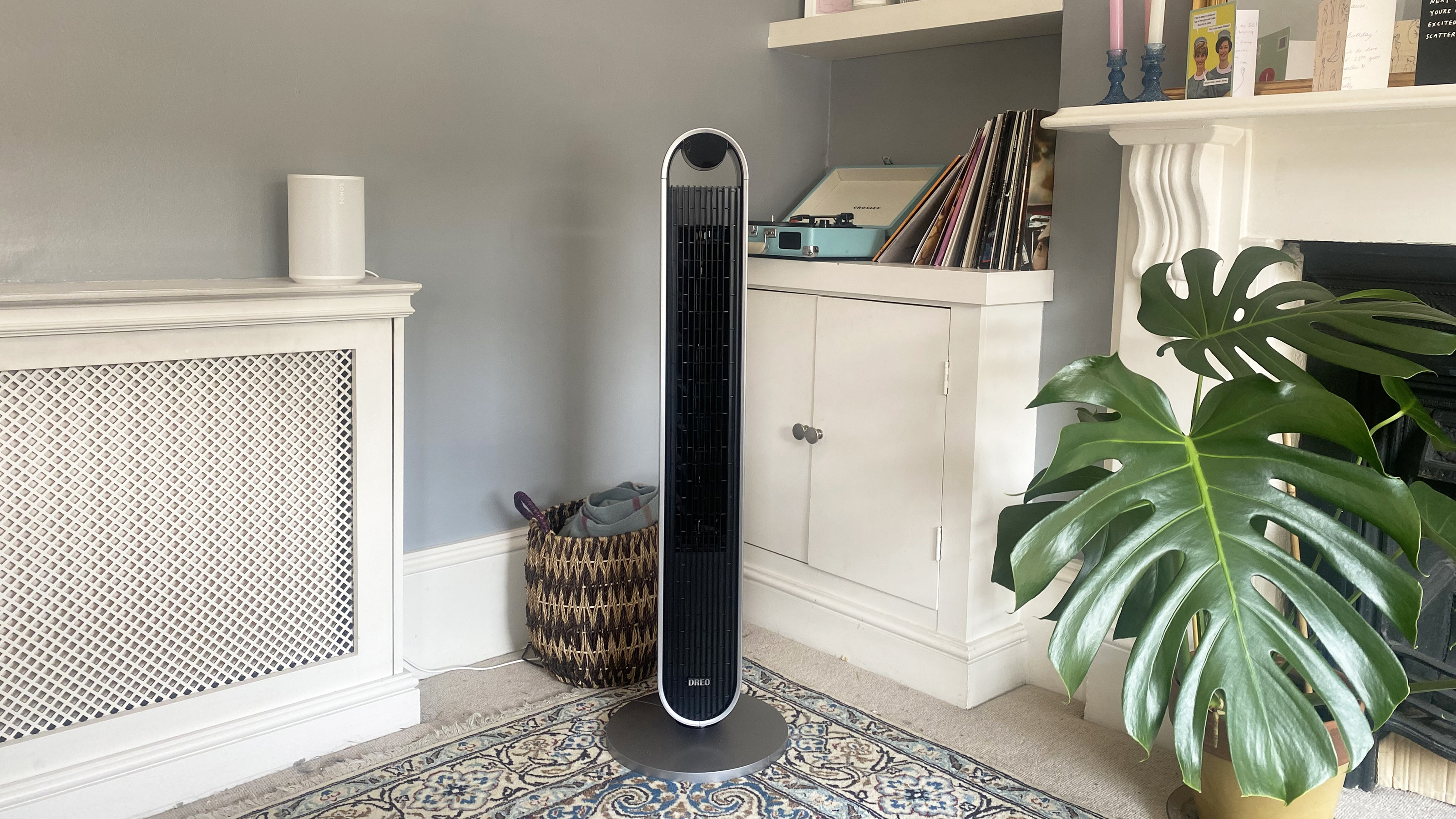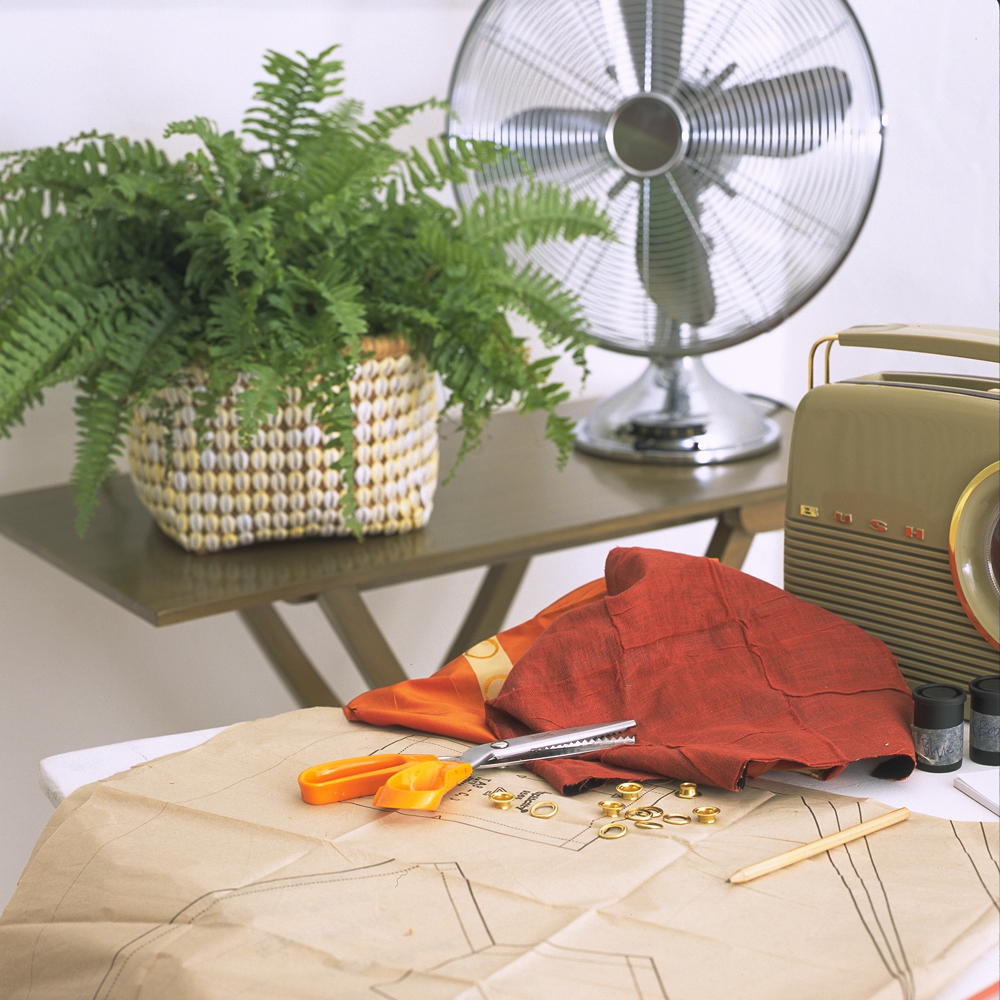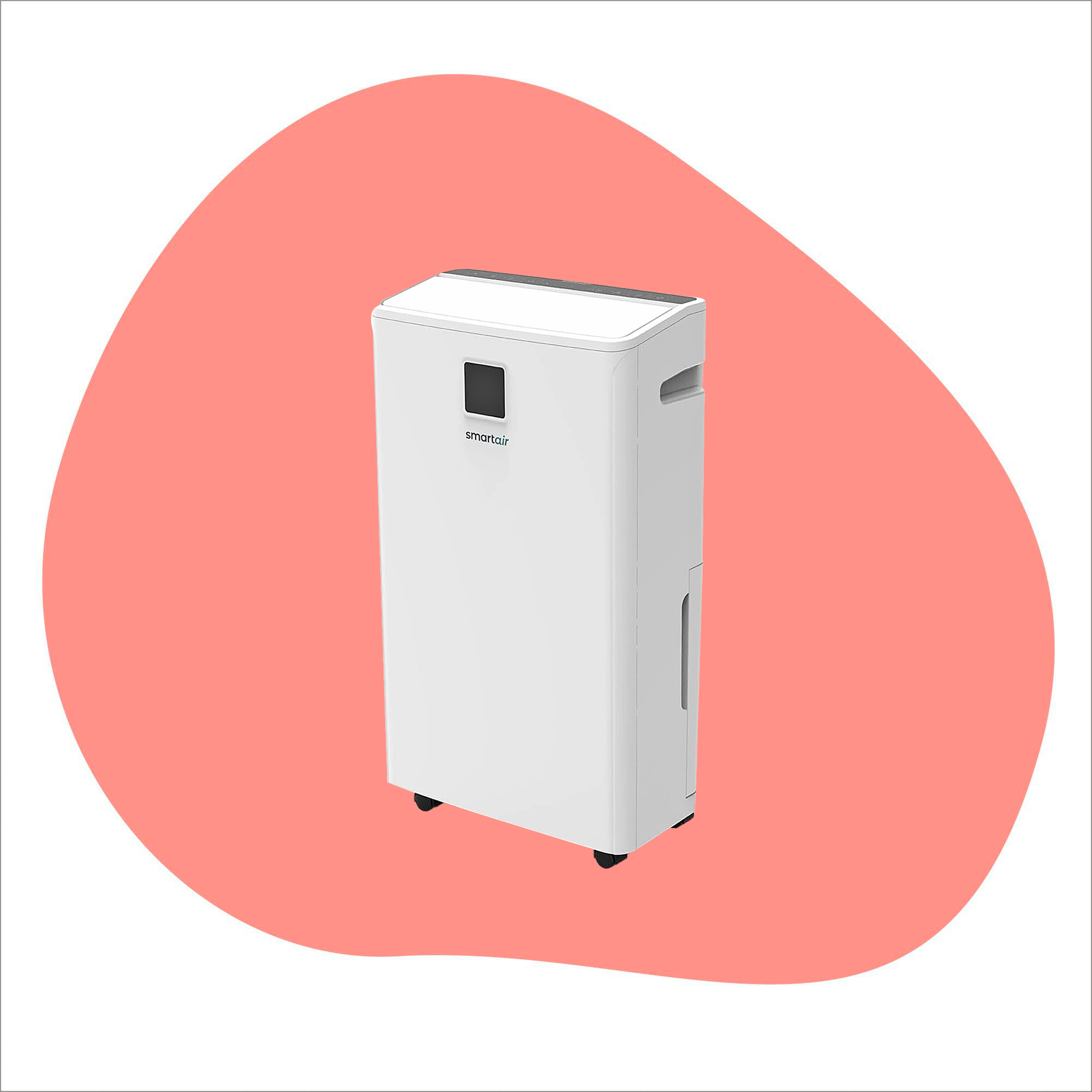How much does it cost to run a fan — and which models are most efficient?
Are you wondering how much it costs to run a fan? We've done the sums and have found ways to cut your spend


Recent updates
This article has been updated to show the running costs based on the January 2025 Energy Price Cap. It has also been fact-checked and any out-of-date information removed.
Ah, the trusty fan— the one thing standing between you and a puddle of sweat on those rare sweltering days (and nights). But while it's busy whirring away, keeping you cool, calm and collected, have you ever wondered how much it costs to run a fan? And will leaving one on overnight, or all day on your desk or kitchen worktop, result in big energy bills?
As well as serving as a DIY wind machine for dramatic hair moments, fans are indispensable in warm weather. Many of us will leave one on low all night to ensure a good night's sleep, pop one on a desk to combat hot and humid days or keep it on hand for home workouts. But that refreshing breeze can come at a cost, especially when you consider the fact the energy price cap can regularly go up and down.
So how much energy does a fan use? We've worked out how much you can expect to spend per hour to run a fan, as well as how you can prevent your bills from ramping up faster than you can say 'heatwave', saving energy at home.
How much does it cost to run a fan?
The good news is that many of the best fans on the market are surprisingly energy-efficient, especially when compared to even the best portable air-conditioning units.
If you want to work out exactly how much it costs to run a fan, you'll first need to work out how much electricity it is using. You can do this by checking the wattage. This should be shown on the fan or the instructions leaflet. Once you know the wattage of your fan, convert this into kilowatt-hours (kW). It might sound complicated, but all you need to do is divide the wattage by 1,000 to give the amount of energy it uses per hour.
To work out the cost, you will need to know how much you pay for one unit of energy (1kWh). This should be listed on your energy bill or you can use the average cost stated under the cap. As of January 2025, the price cap will be 0.2486p/kWh.
Multiply the cost of a unit of energy by the kW output of your fan and that will be how much it is costing to run your fan.
Get the Ideal Home Newsletter
Sign up to our newsletter for style and decor inspiration, house makeovers, project advice and more.
- An example 18-inch bladed floor fan uses up to 110 watts at full speed, which is 0.11 kW. So if you're paying 23p per kWh for energy, it’d cost under 3p an hour to run (2.73p to be exact). Over 10 hours, it would cost just over 27p.
- Compared to an example bladeless fan, which uses 56 watts or 0.056 kW, its cost per hour is just over 1p. Over 10 hours, it'd cost just under 14p.
- An example tower fan that uses 35 watts or 0.035 kW is even cheaper to run at just over 0.8p an hour and for 10 hours, just over 8p.

FAQs
Are some fans cheaper to run than others?
While an electric fan might be offering you some relief, for example, helping you if you're too hot to sleep, the last thing you want is to be hit with a nasty surprise when your electricity bill comes through. So it's worth knowing that different types of fans will be more affordable to run over long periods than others.
- Bladed fans tend to use the most energy. Typically, the larger the blades, the more energy it needs to turn them.
- Tower fans often have lower power consumption compared to bladed fans but tend to be less effective at moving air, so you may need to have them on a higher setting.
- Bladeless fans, sometimes called air multipliers, draw air in before passing it over small asymmetric blades that increase the pressure and airflow, before pushing it out into the room. This means for how much does it cost to run a fan that these can be more energy efficient than fans with more moving parts.

What energy saving features should I look for when buying a fan?
If you're shopping for the best fans to save energy, look out for these useful features that make a model as energy efficient as possible.
1. DC motor
Fans that have a DC motor rather than AC will be more energy efficient. For example, the Bionaire ISF004 Desk Fan has a DC motor that uses 63% less energy than a traditional fan. Copper motors can also help reduce energy loss by generating less heat.
2. Timer
Setting the amount of time your fan will run instead of having it on constantly can save energy. Some models, such as the Dyson Cool AM07, have a sleep timer that can be programmed to turn off after preset intervals so it doesn’t have to run through the night.
3. Variable speeds
A choice of more than one speed will help to reduce your fan’s energy usage. Once the temperature is comfortable, turn it down to a lower setting. Look for models with remote controls to make this even easier, so you won’t have to get out of bed or be distracted from what you're doing.

How can I cut the cost of running a fan?
If knowing how much does it cost to run a fan worry you, then it's worth looking at ways to keep the subsequent bills a bit lower.
1. Turn it off as you go
Fans don’t make a room cooler by themselves, they can only make you feel cooler by moving the air over your skin. If you’re leaving the room, switch the fan off. Once the temperature outside drops, opening a window allows cool air to be drawn into the room, so it could be worth running a fan an hour or so before you get into bed.
2. Close the curtains
'Letting in the sunlight on a bright day might seem the natural thing to do but this can create a greenhouse effect with up to 30% of unwanted heat gain from windows,' says Evan Stevens, head of environmental care at Dyson.
'Keep the windows, curtains or shutters closed during the day to minimise the amount of sunlight entering the home.'
3. Stay frosty
Rather than turn your fan up, use it to cool down the air in the room. Pop a bowl of ice and cold water in front of it. This causes small droplets of cold water to circulate, cooling your skin down faster.
4. Keep it clean
As fans circulate air, they're prone to picking up dust and other particles. Make sure they’re working as efficiently as possible by learning how to clean a fan. Start by wiping down blades, cages and vents while they’re unplugged.

Rachel Ogden is a freelance journalist with more than 20 years’ experience of writing, editing and sub-editing. Since 2007, she's worked exclusively in interiors, writing about everything from extending your home to kitchen worktops, flooring, storage and more. She specialises in product reviews, having reviews hundreds of small and large appliances and homeware.
-
 IKEA has just launched a massive 96 new products - but these are the only pieces you need to pay attention to
IKEA has just launched a massive 96 new products - but these are the only pieces you need to pay attention toThe classic STOCKHOLM collection just got even better
By Kezia Reynolds
-
 I tried out this neat little dehumidifier for a month – it dried my laundry in half the time
I tried out this neat little dehumidifier for a month – it dried my laundry in half the timeThe 20L SmartAir Dry Zone dehumidifier tackled my laundry drying woes head on
By Jenny McFarlane
-
 I’m seeing pastel garden furniture at all my favourite brands this spring, but QVC’s sorbet collection impressed me the most
I’m seeing pastel garden furniture at all my favourite brands this spring, but QVC’s sorbet collection impressed me the mostFresh pastel shades are a great way to liven up your outdoor space
By Kezia Reynolds